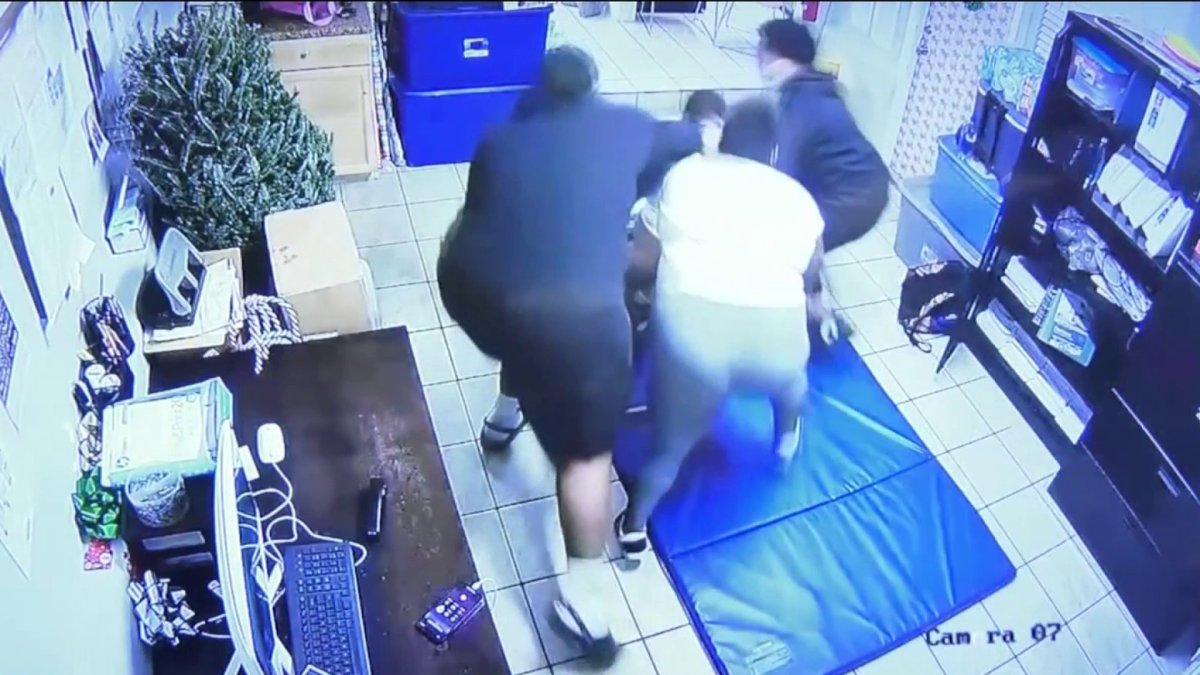Miami-Dade residents, advocates fight to preserve Calusa land from development

MIAMI-DADE COUNTY, Fla. – A fight is growing to save one of southwest Miami-Dade County’s fragile bird sanctuaries from development.
Miami-Dade Commissioners gave the go-ahead for development at the old Calusa golf course, but the county mayor has vowed to help protect the area’s beloved birds.
On the land is a lake several acres in size, with a tree island in the middle.
From the sky you can see what residents in in the neighborhood think should remain untouched. They argue multiple bird species are nesting here.
One of them is the protected tricolored Heron.
“The fact that it’s a rare multi-species rookery in the middle of West Kendall in an urbanized area is really special and important,” said Calusa Community Activist Amanda Prieto.
Last year the county commission voted in favor of a plan to build 550 homes on 168 acres of land at Calusa.
Many residents opposed to the plan, mainly because of concerns over traffic congestion, lack of infrastructure, and the environment.
Ad
“So now that more documentation is coming out, we’re hoping that they will actually require the developer to change the site plan,” Prieto said.
Added attorney David Winker: “We were right. The developer was wrong. The rookery is there, and it needs to be protected.”
The developer welcomes the findings from the investigations. They say they want to know what’s in the rookery.
“We need to get to the end of this season because so far we see two,” said GL Homes Executive Vice President Dick Norwalk. “Let’s make sure we understand the whole extent of the activity.”
Wildlife expert and animal advocate Ron Magill went before the county commission to oppose the development.
Over the weekend, he took pictures he says prove there is a viable nest on the land.
“The pressure is hopefully on for the mayor and the BCC to keep their word and make that rookery at least is protected,” Magill said.
Copyright 2022 by WPLG Local10.com – All rights reserved.


